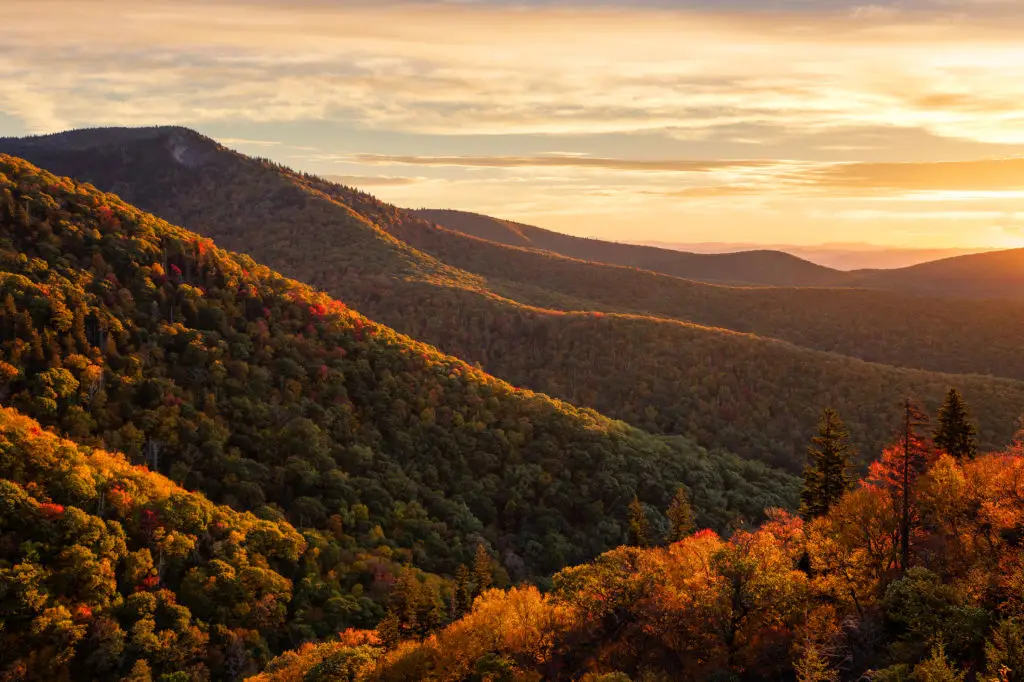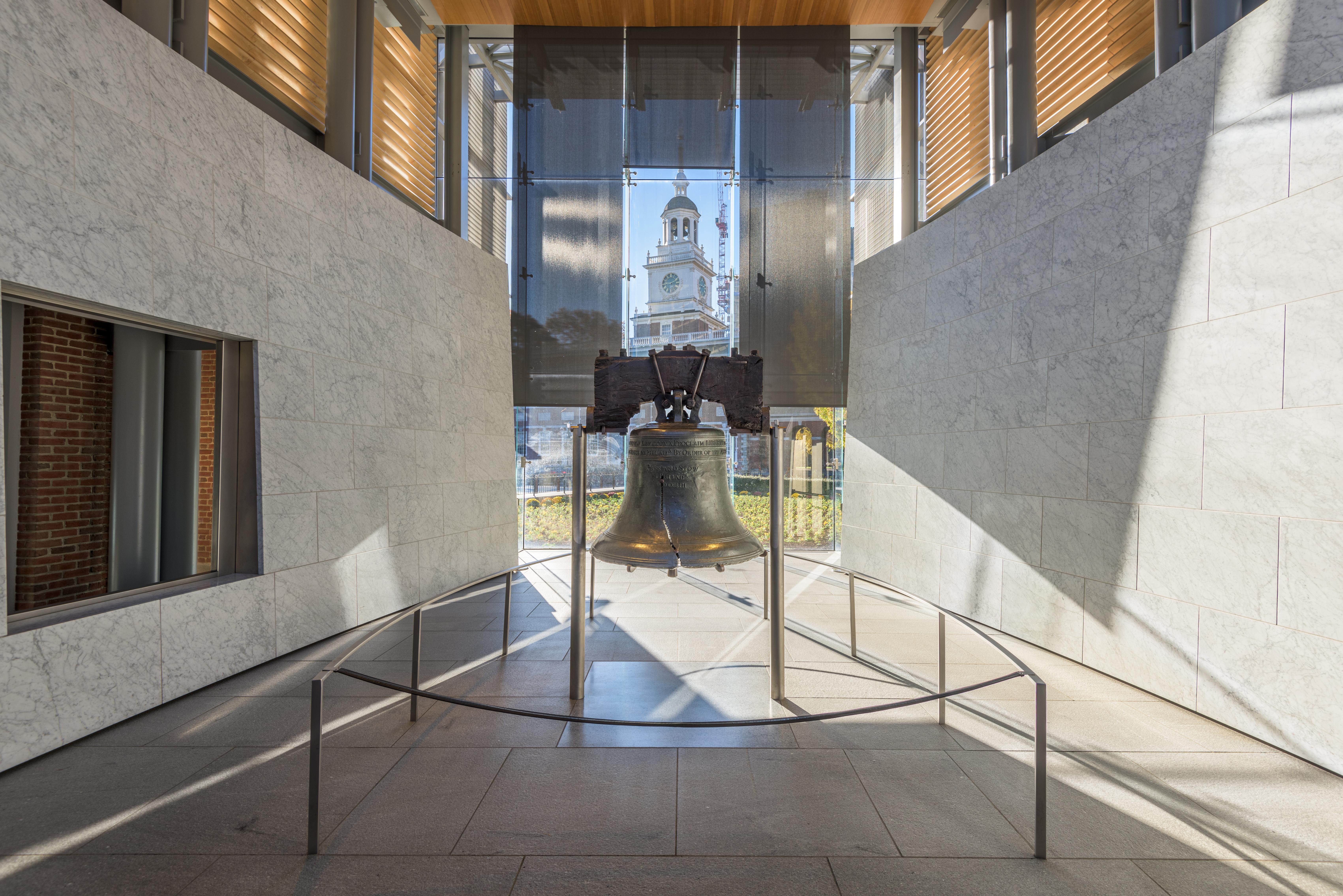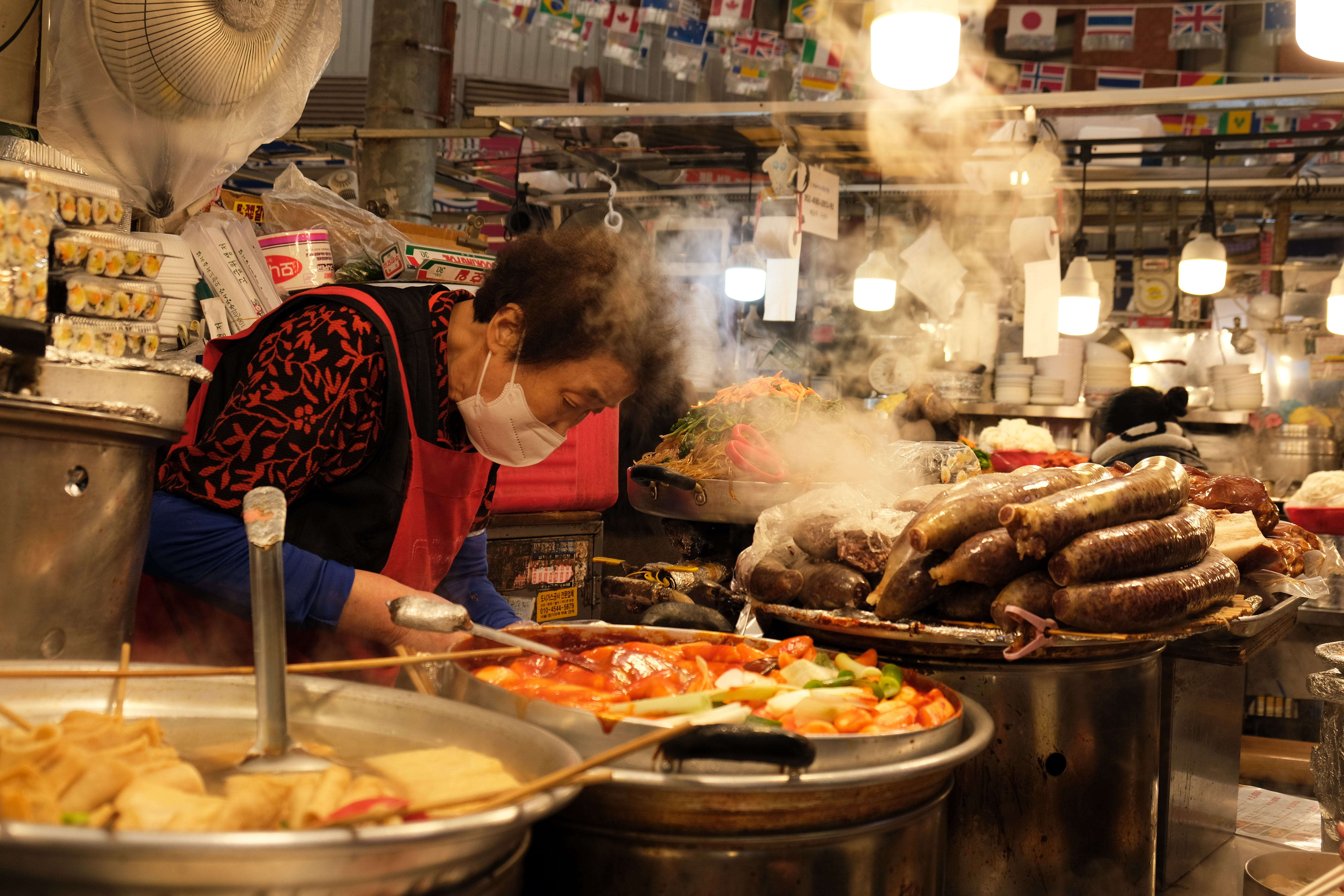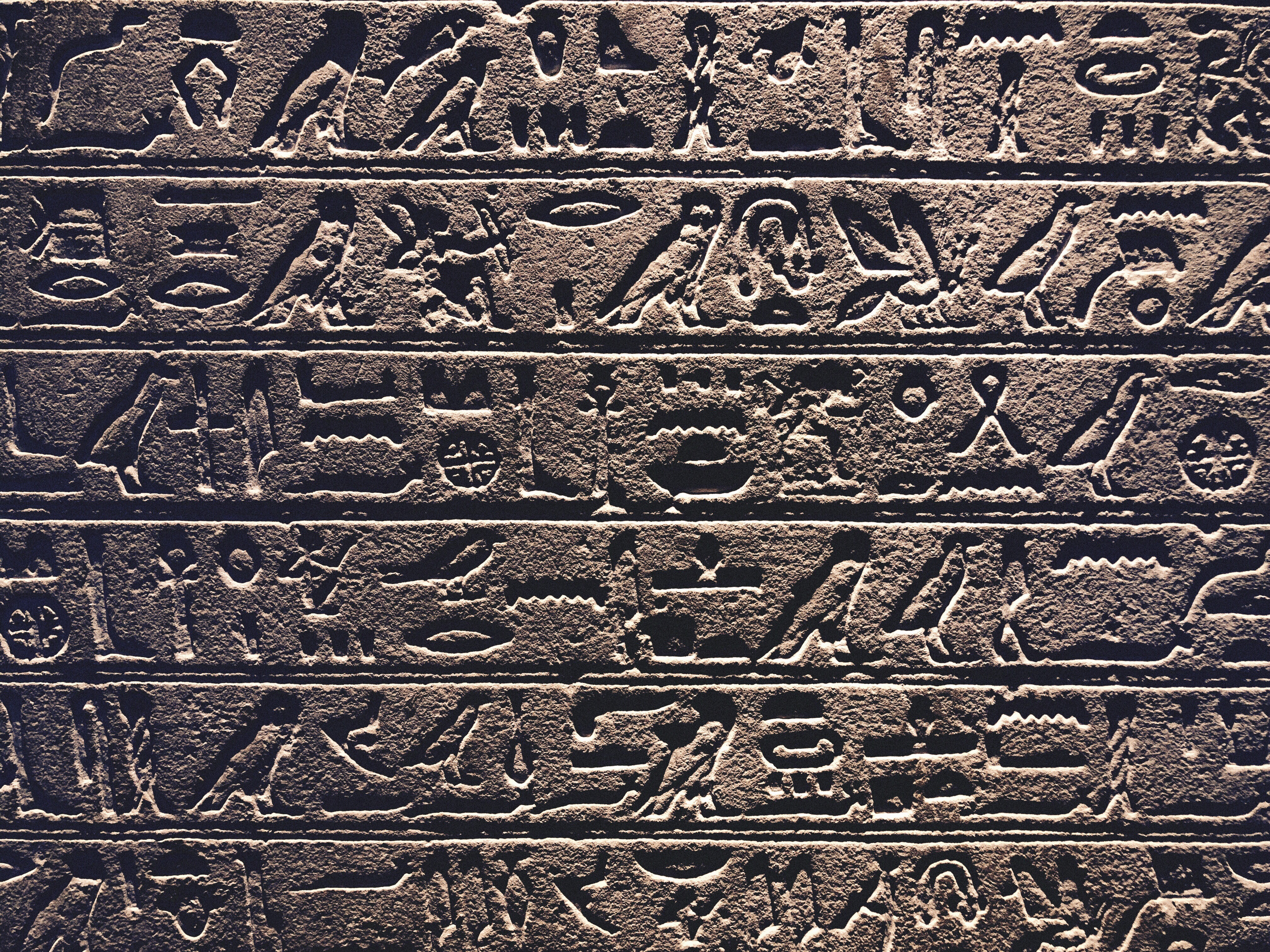8 Cities Where Art Isn’t in Galleries—It’s in the Streets
In the bustling heart of cities worldwide, a vibrant tapestry of creativity unfolds, transforming urban landscapes into sprawling canvases. These environments, where art escapes the confines of traditional galleries, offer a dynamic platform for expression, reflection, and community engagement. This exploration into 8 urban landscapes reveals how these spaces become sanctuaries for artists and art enthusiasts alike, where creativity is not only welcomed but celebrated. From monumental murals to ephemeral installations, this journey through city streets illuminates how art thrives in public spaces, challenging perceptions and inviting everyone to experience its transformative power.
1. The Mural Renaissance of Buenos Aires
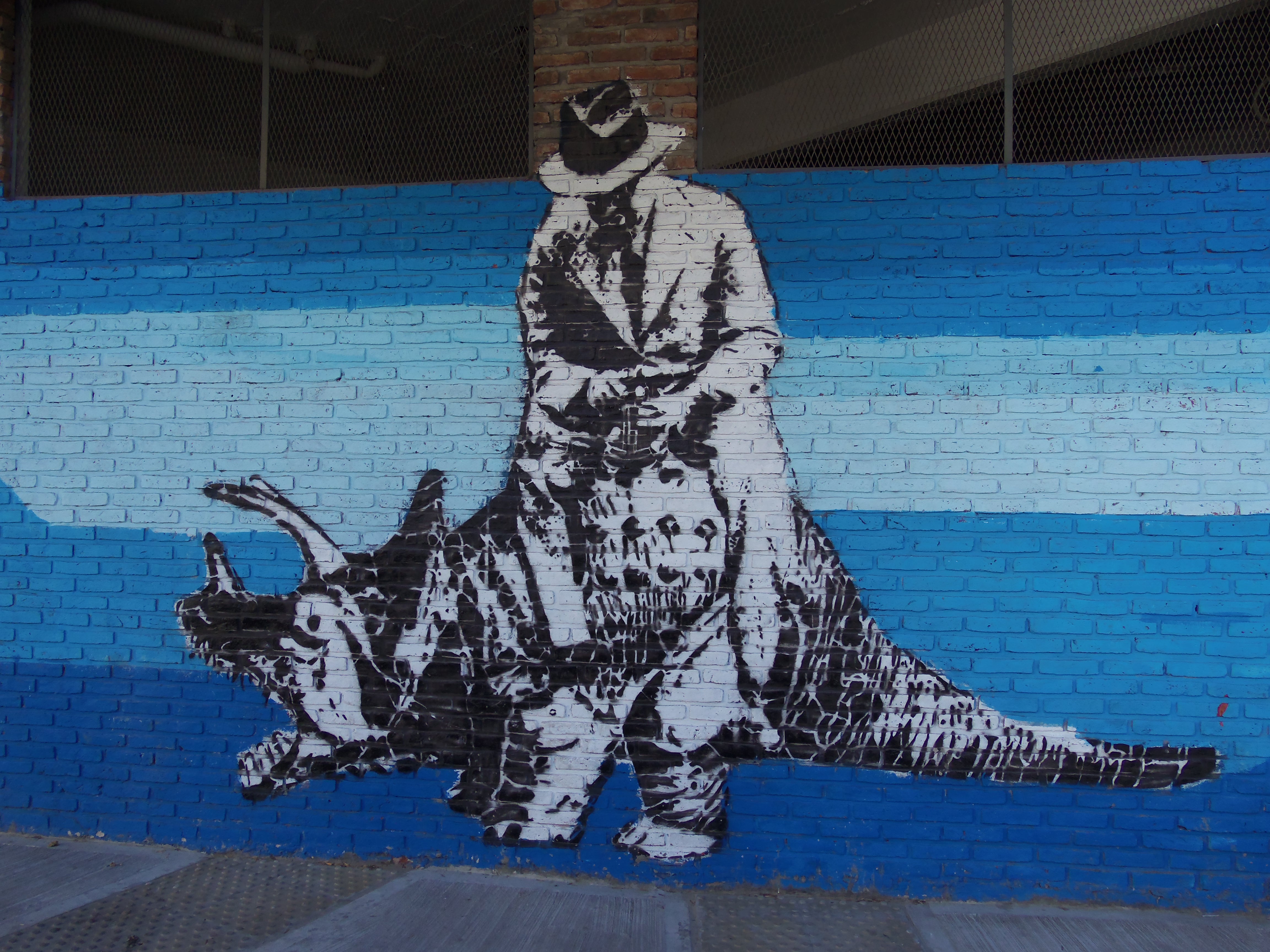
Buenos Aires, often hailed as the street art capital of Latin America, boasts a mural renaissance that has turned its streets into an open-air museum. Artists from around the world flock to the city to contribute to its vibrant street art scene, which is characterized by bold colors and political messages. Neighborhoods like Palermo and La Boca are adorned with murals that reflect local culture and global issues, making them a living testament to the city's rich artistic heritage. This movement not only beautifies the urban environment but also fosters a sense of community and dialogue among residents and visitors alike.
2. Berlin: A Legacy of Expression
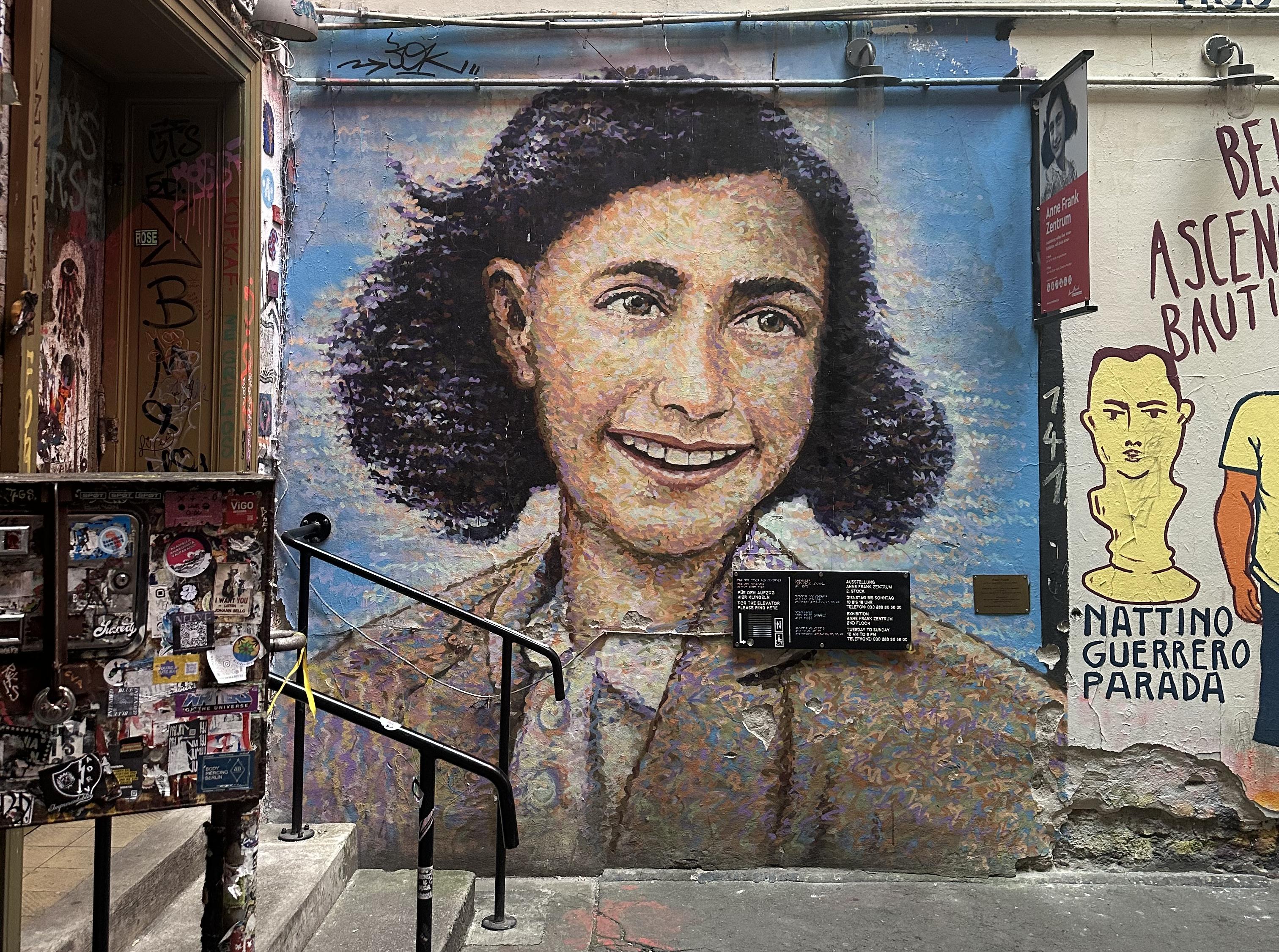
Berlin's tumultuous history has left an indelible mark on its urban landscape, making it a haven for artists seeking to express freedom and creativity. The remnants of the Berlin Wall serve as a canvas for powerful graffiti and murals, symbolizing the city's resilience and spirit of innovation. Street art tours guide visitors through neighborhoods like Kreuzberg and Friedrichshain, where every corner tells a story of rebellion and artistic evolution. This legacy of expression continues to inspire new generations of artists, cementing Berlin's reputation as a global hub for street art and creative experimentation.
3. The Vibrant Alleys of Melbourne
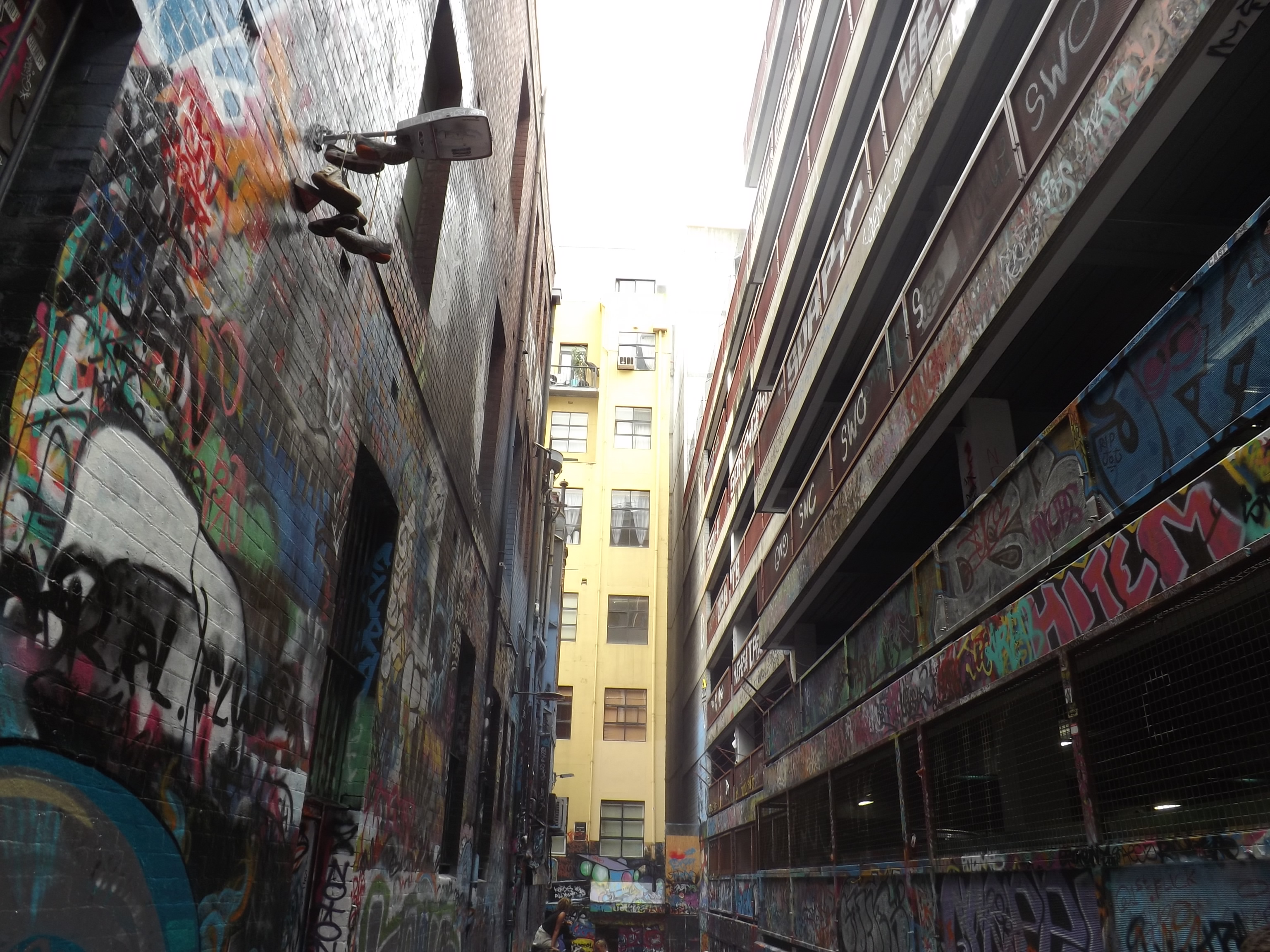
Melbourne's laneways are a testament to the city's commitment to fostering creativity and artistic expression. These vibrant alleys, adorned with ever-changing murals and street art, provide a platform for both emerging and established artists. With a focus on diversity and inclusivity, Melbourne's street art scene reflects the city's multicultural identity and progressive values. The annual Melbourne Street Art Festival further cements its status as a creative hotspot, attracting artists and visitors from around the world to celebrate the transformative power of public art in urban spaces.
4. New York City: The Evolution of Graffiti
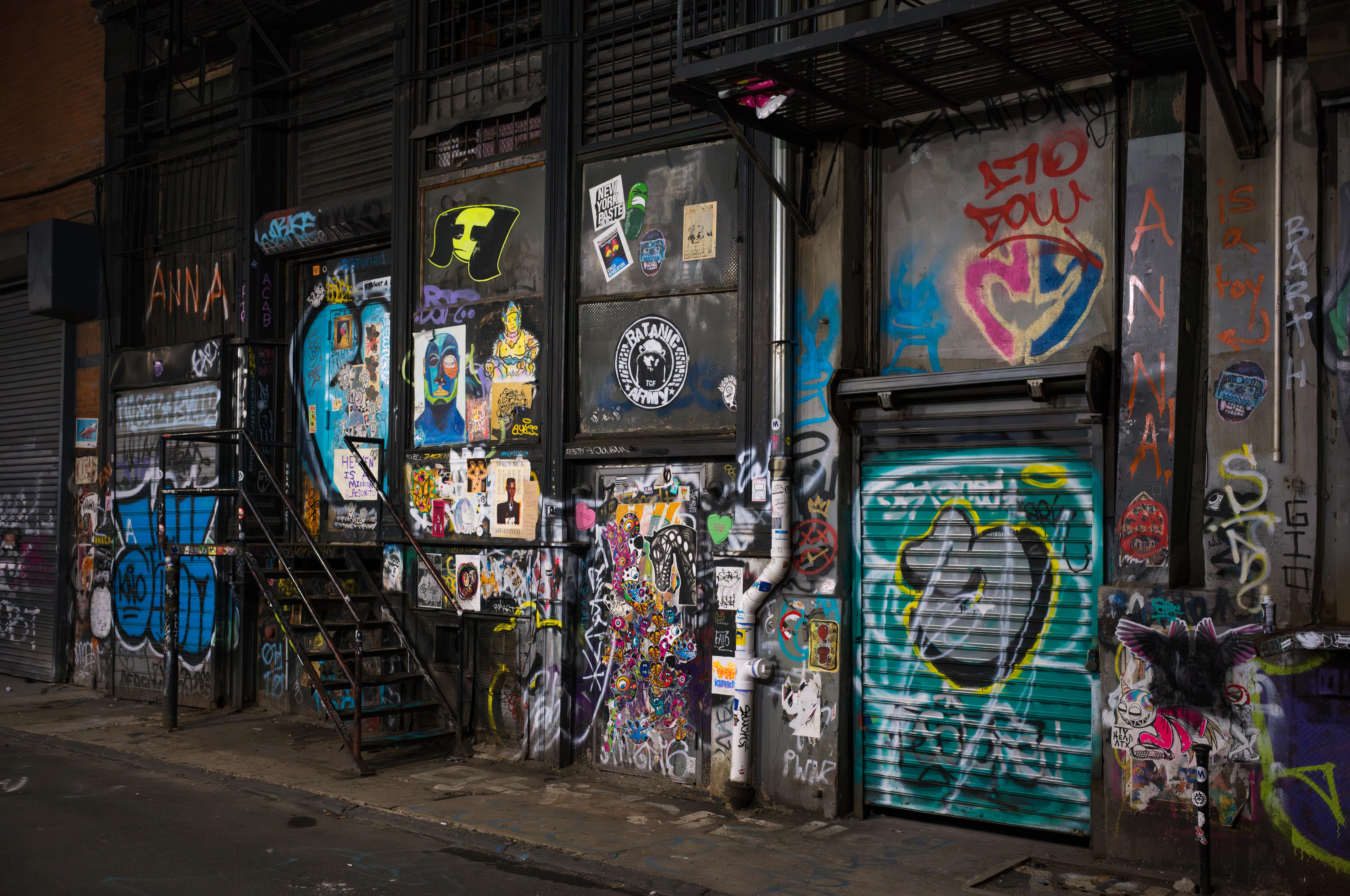
Once considered a symbol of urban decay, graffiti in New York City has evolved into a respected form of artistic expression. From the iconic murals of the Bronx to the vibrant street art of Brooklyn's Bushwick neighborhood, the city's walls tell stories of resilience, identity, and change. Initiatives like the 5Pointz project and the Welling Court Mural Project have legitimized graffiti as a valuable cultural asset, drawing tourists and art enthusiasts eager to experience the city's dynamic street art scene. This evolution underscores New York's role as a pioneer in the global street art movement.
5. The Flourishing Streets of Lisbon
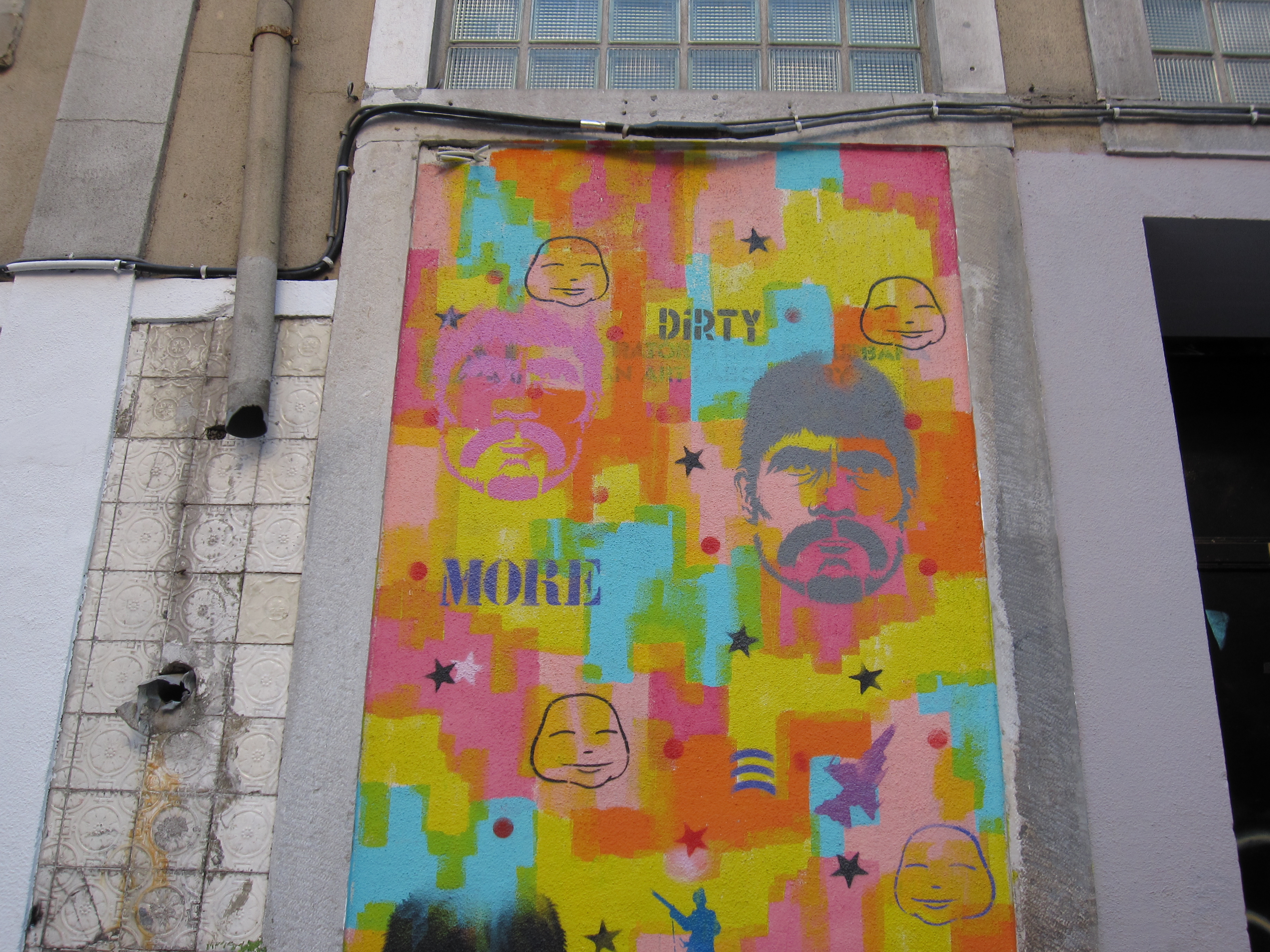
Lisbon's street art scene is a reflection of its rich cultural heritage and contemporary artistic vision. The city's narrow streets and historic buildings provide a unique backdrop for large-scale murals and intricate graffiti. Artists like Vhils and Bordalo II have gained international acclaim for their innovative techniques and thought-provoking themes, which often address social and environmental issues. Lisbon's commitment to public art is evident in initiatives like the Underdogs Gallery, which supports local and international artists in transforming the city's urban landscape into a vibrant tapestry of creativity.
6. The Kaleidoscope of Colors in Cape Town
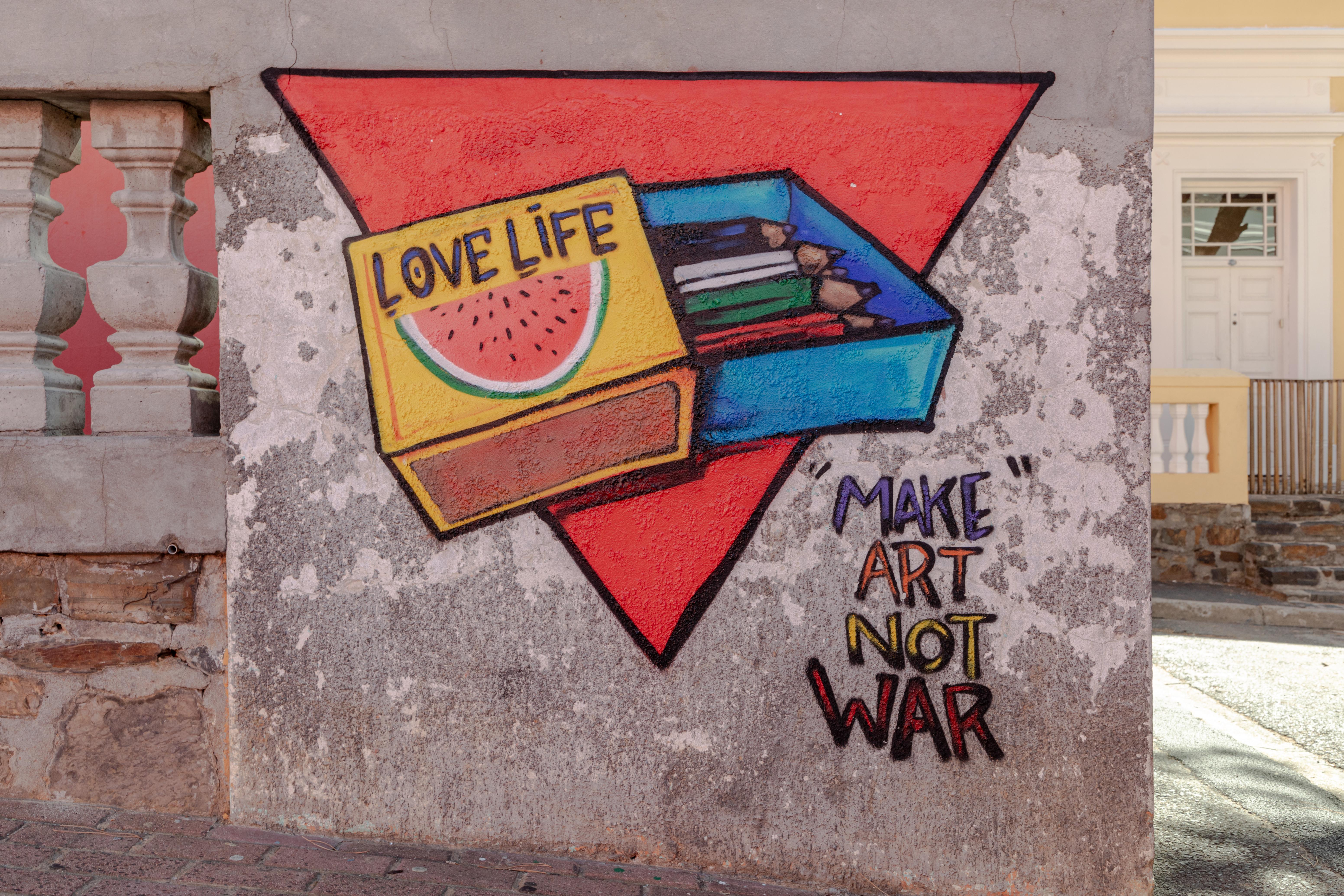
Cape Town's street art scene is as diverse and vibrant as the city itself, with murals and graffiti reflecting the complex social and cultural dynamics of South Africa. The neighborhood of Woodstock has become a focal point for this artistic movement, attracting both local and international artists who use the streets as a platform for storytelling and social commentary. Projects like the International Public Art Festival celebrate the power of street art to unite communities and inspire change, showcasing Cape Town as a city where creativity thrives in the face of adversity.
7. São Paulo: The Concrete Jungle Transformed

In São Paulo, street art has transformed the city's concrete jungle into a vibrant tapestry of color and creativity. The sprawling metropolis is home to some of the world's most renowned street artists, including Os Gêmeos and Eduardo Kobra, whose large-scale murals captivate audiences with their intricate designs and powerful messages. The city's commitment to public art is evident in initiatives like the Open Museum of Urban Art, which supports artists in transforming neglected spaces into dynamic works of art. This transformation underscores São Paulo's role as a leading force in the global street art movement.
8. The Artistic Revolution in Bogotá
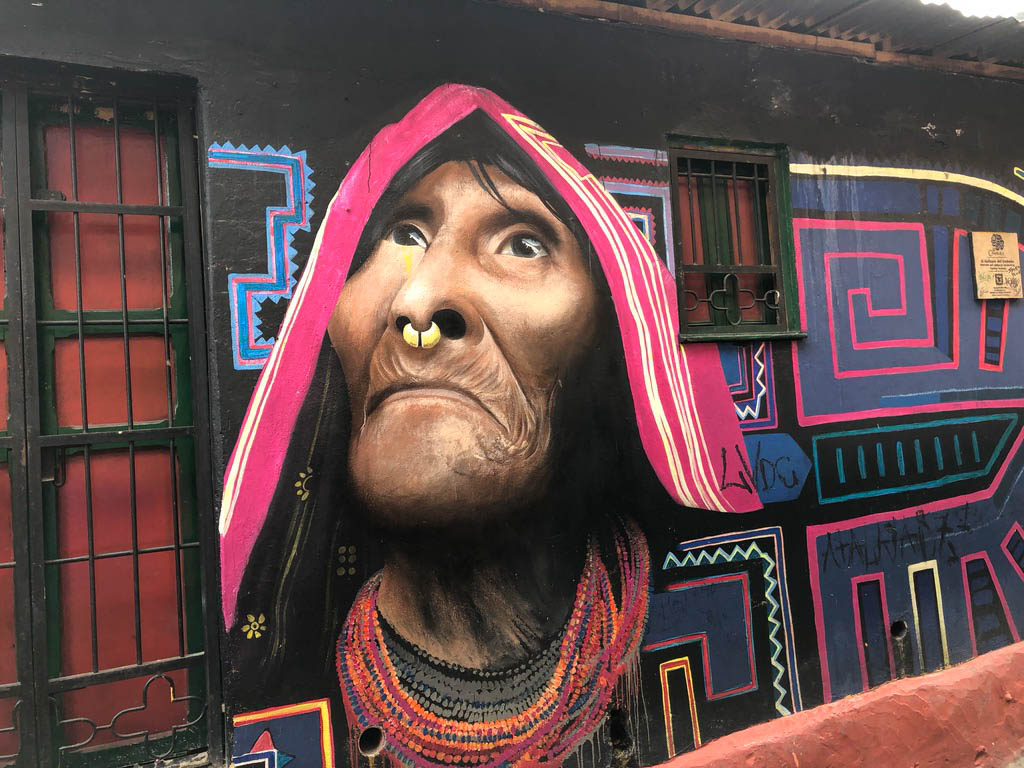
Bogotá's street art scene is a testament to the city's resilience and creativity in the face of adversity. Once plagued by violence and political unrest, the Colombian capital has embraced street art as a tool for social change and cultural expression. The vibrant murals and graffiti that adorn the city's walls reflect the diverse voices and stories of its inhabitants, addressing issues such as peace, justice, and identity. Initiatives like the Bogotá Graffiti Tour highlight the city's commitment to fostering a thriving street art community, inviting locals and visitors to explore its rich artistic landscape.
Art Without Boundaries
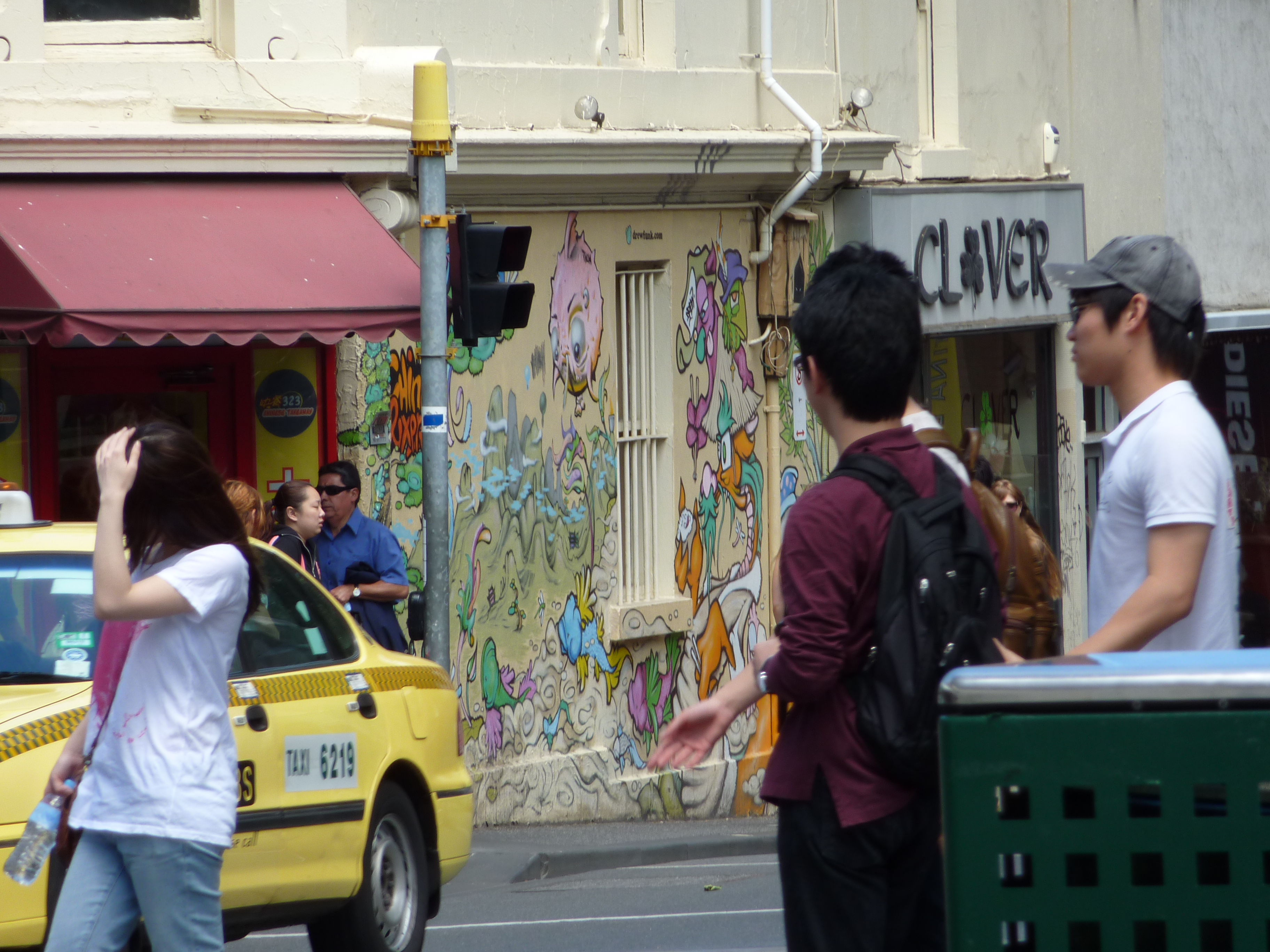
As we wander through these 8 urban landscapes, it becomes clear that street art is more than just a visual spectacle; it is a powerful medium for communication and connection. Each city, with its unique history and culture, offers a distinct canvas for artists to explore themes of identity, resilience, and transformation. By embracing creativity in public spaces, these urban environments challenge traditional notions of art and invite us to engage with the world in new and meaningful ways. In this global tapestry of street art, creativity knows no boundaries, and art finds its true home outside the gallery.

